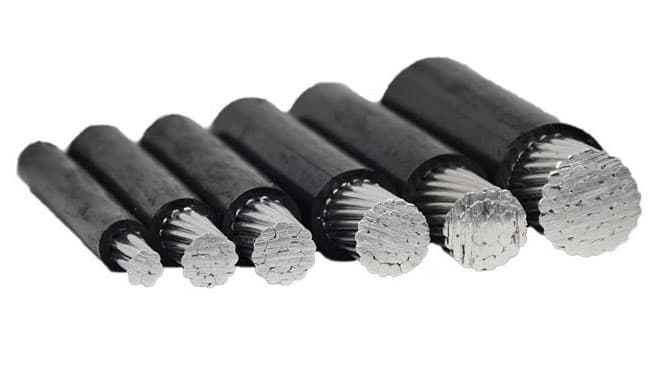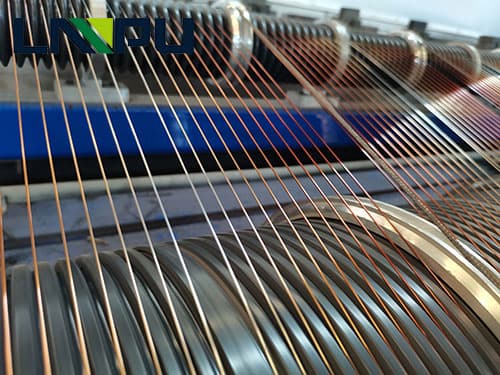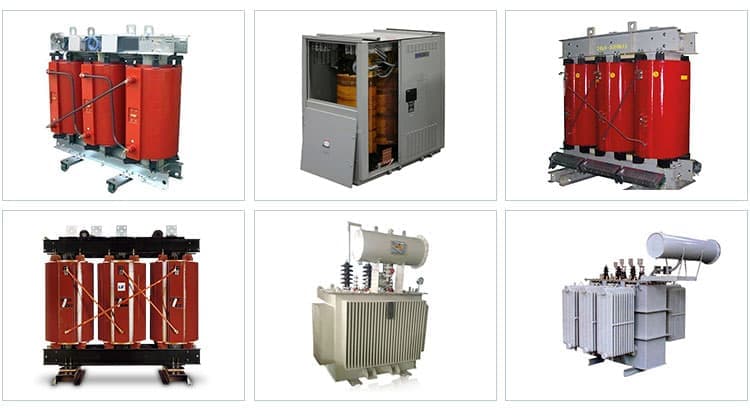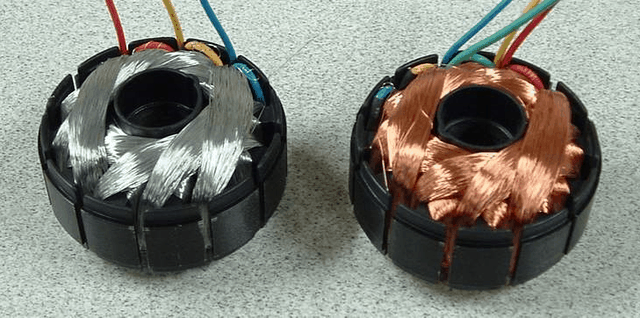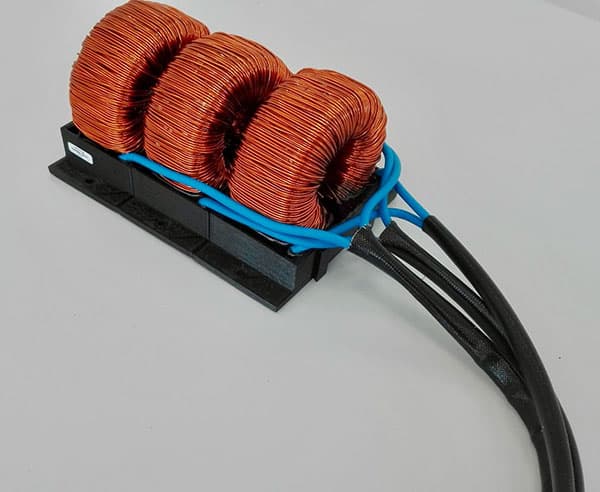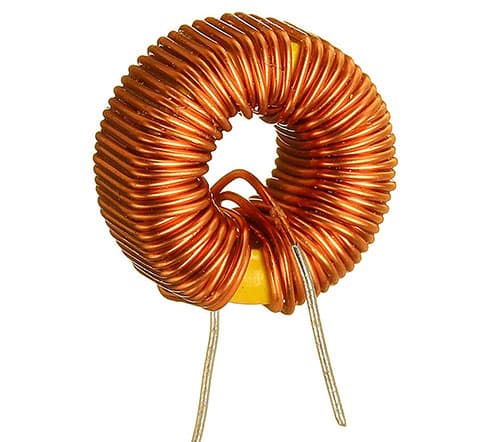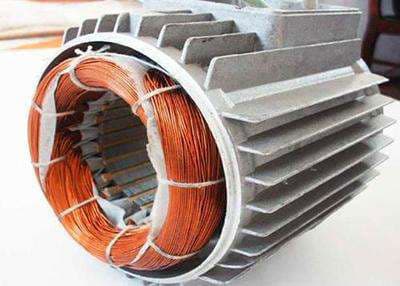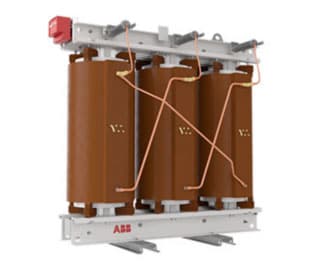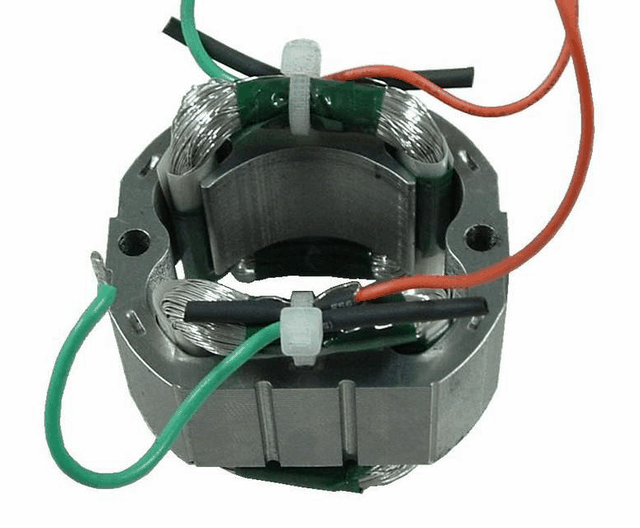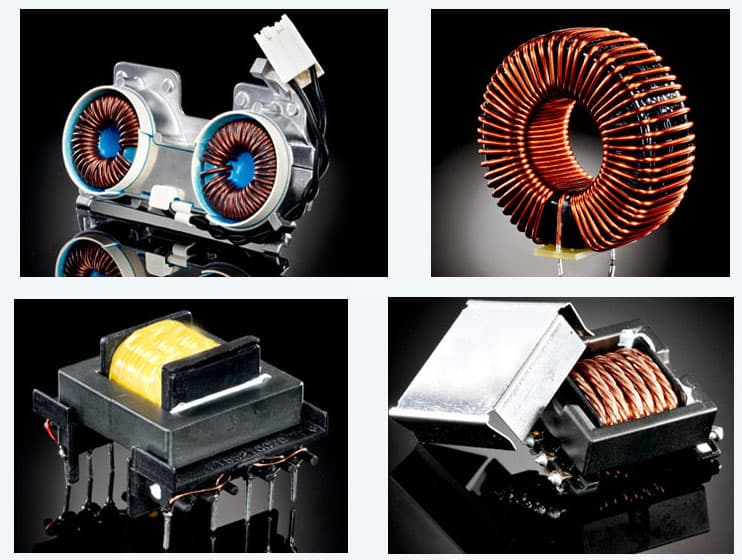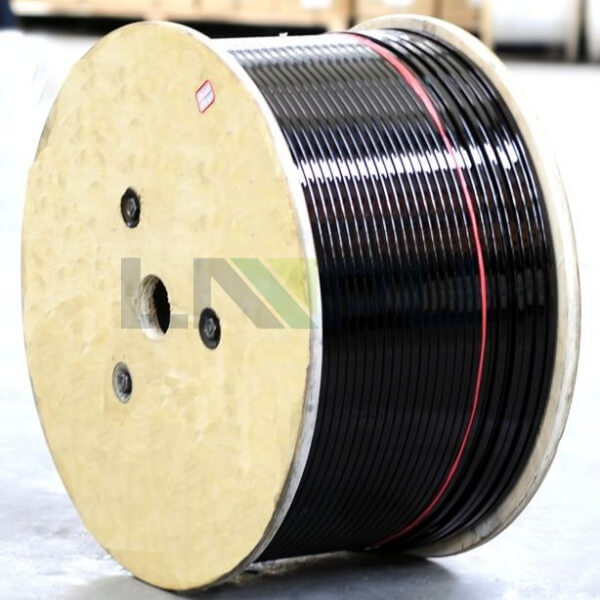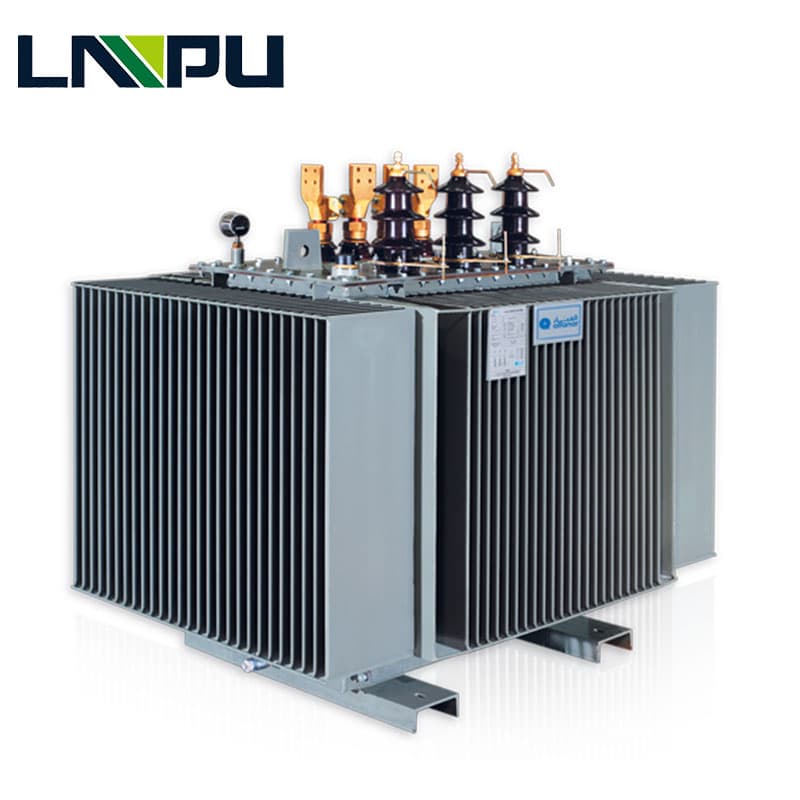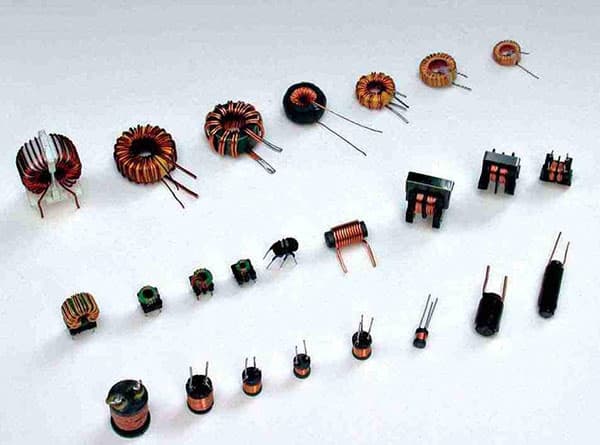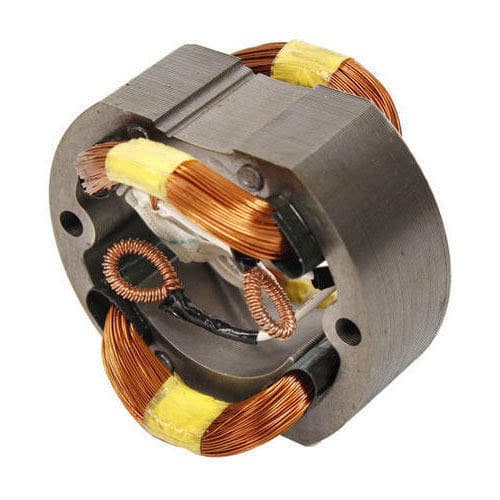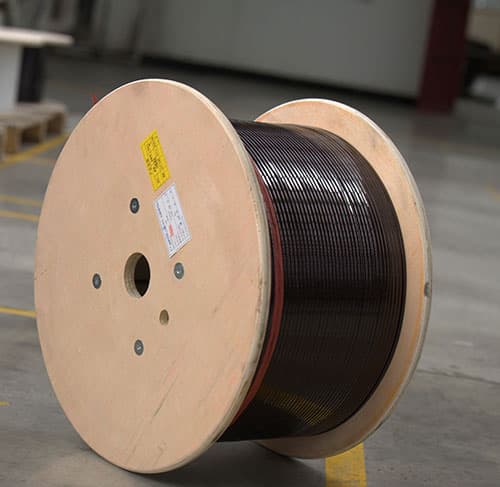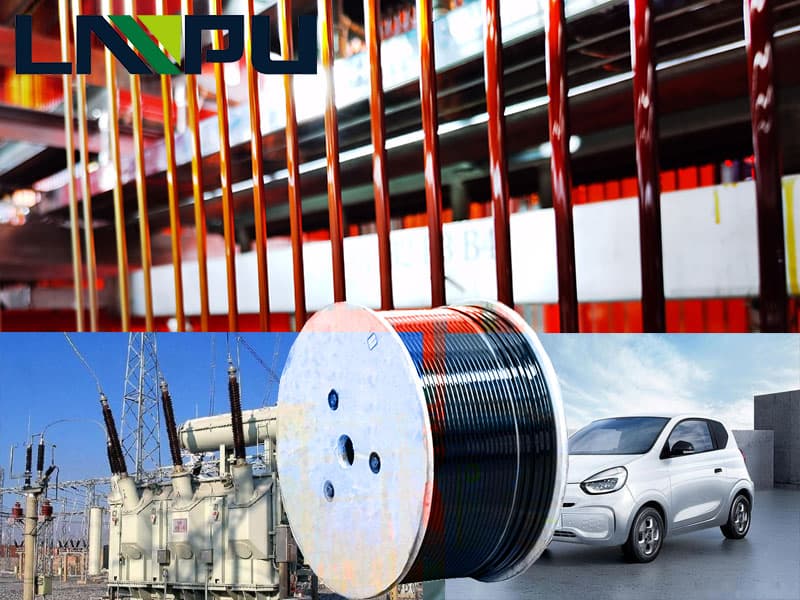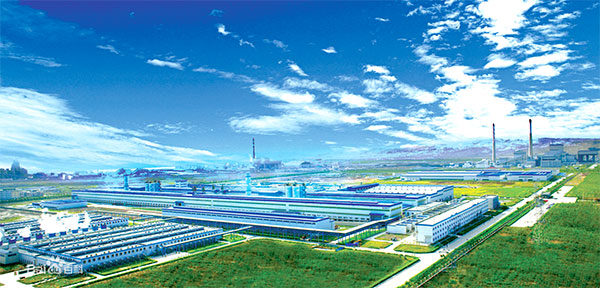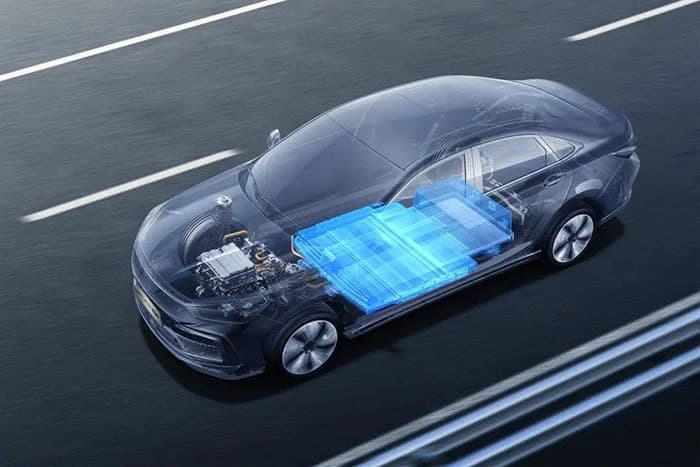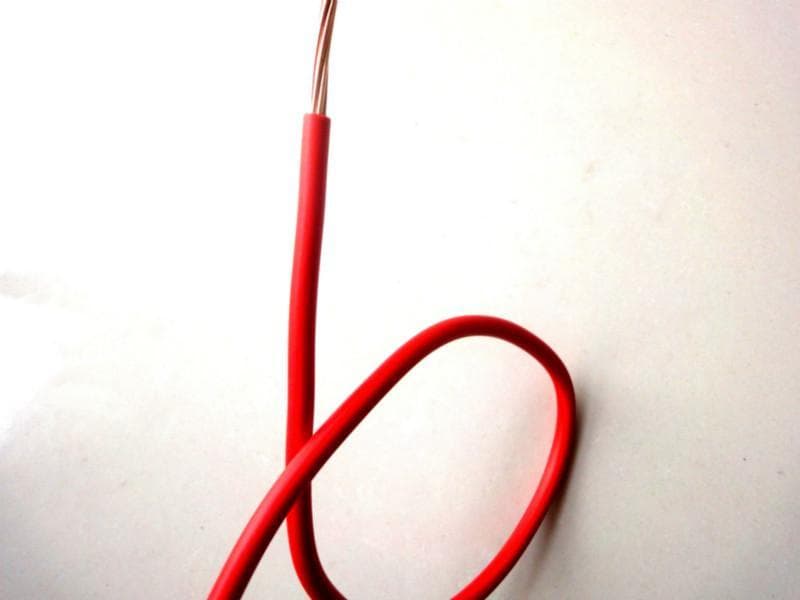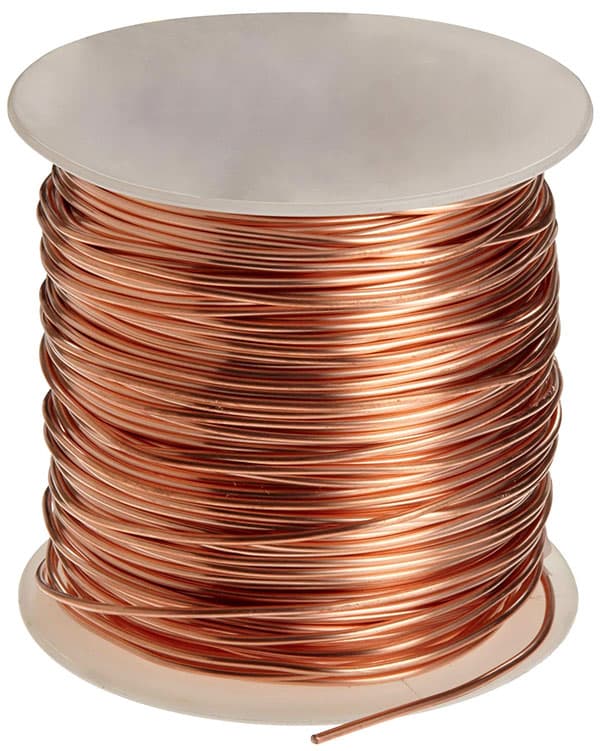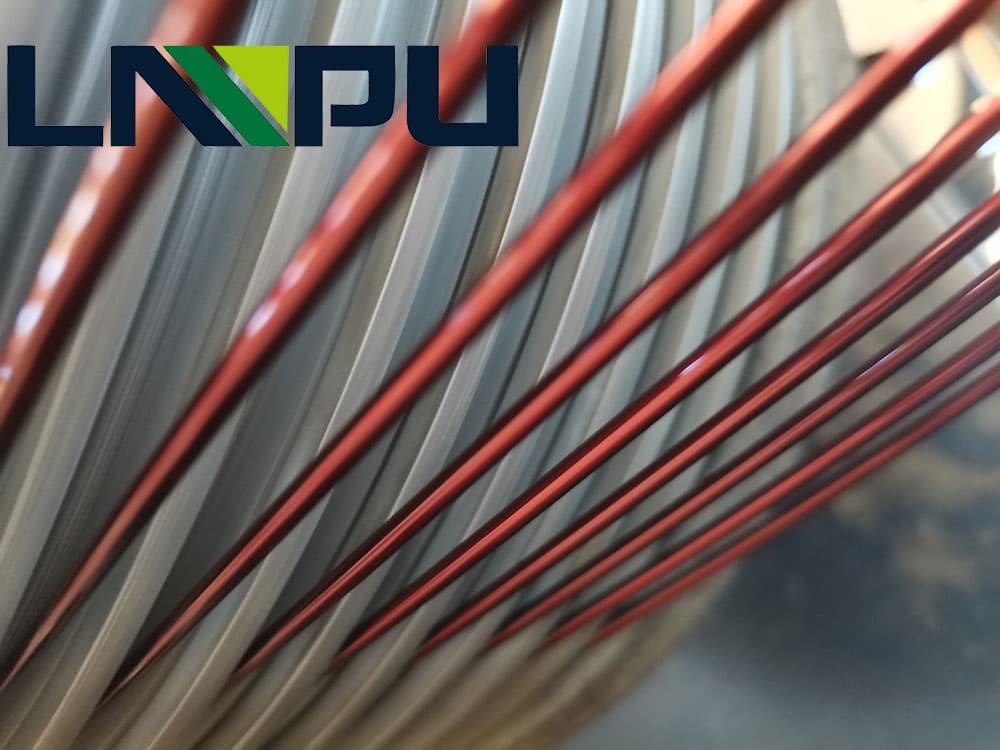Insulated conductor
A layer of non-conductive materials, such as resin, plastic, silicone rubber, PVC, etc., is evenly and hermetically wrapped around the wire to form an insulating layer to prevent the conductor from contacting the outside and causing leakage, short circuit, electric shock and other accidents. The wire is called insulation wire.
Model use
R stands for soft copper wire, V stands for PVC insulation, S stands for twisted pair, B stands for flat type, and P stands for shielding.
1. RV-PVC insulated single-core flexible cord, maximum operating temperature 65¡æ, minimum operating temperature -15¡æ, working voltage AC 250V, DC 500V, used as internal wiring of instruments and equipment.
2. RVB: Parallel multi-strand flexible wire (flat), just like the bare wire of the telephone wire that is often used at home, except that the core wire is the same as the RVV core wire, and the two core wires are wrapped in a sheath in parallel, usually Is one sheath and two
3. RVS: Twisting multiple strands of cords means tearing the soft core of RVB and twisting it. Usually two twisted pairs.
4. RVSP: twisted pair shielded wire.
5. RVVB: PVC sheathed flexible cord (flat type), standard GB/T 5023.5-2008/IEC 60227-5: 2003.
6. RVV: Multi-strand flexible wire, that is, the core wire is composed of multiple copper wires. RVV wire is the most commonly used cable for weak current systems. The number of core wires is variable.
There are single wires or multiple wires. set. However, there is no special requirement for the arrangement between the core wires.
7. RVVP: Copper core PVC insulated and shielded PVC sheathed flexible cable, also known as electrical connection anti-interference flexible cable, rated voltage 250V/450V.
8. BVVR is a copper core PVC insulated PVC sheathed flexible wire with an outer sheath; BVR is a copper core PVC insulated flexible wire with only an insulating layer and no outer sheath. Generally speaking, the double plastic wire refers to the BVV series, the first V refers to PVC insulation, the second V refers to the PVC sheath, if it is the BV series, it refers to the single plastic wire.
Common types
Generally, there are the following types of insulated wires:
1. Rubber insulated wire Model: BLX¡ªaluminum core rubber insulated wire, BX¡ªcopper core rubber insulated wire.
2. PVC insulated wire (plastic wire) Model: BLV¡ªaluminum core plastic wire, BV¡ªcopper core plastic wire.
3. Rubber cable model: YHC¡ªheavy rubber sheathed cable, NYHF¡ªagricultural neoprene rubber sheathed drag cable.
Rubber insulated wires have copper cores, aluminum cores, single cores, double cores and multiple cores. For indoor wiring, the working voltage is generally not more than 5OO volts.

